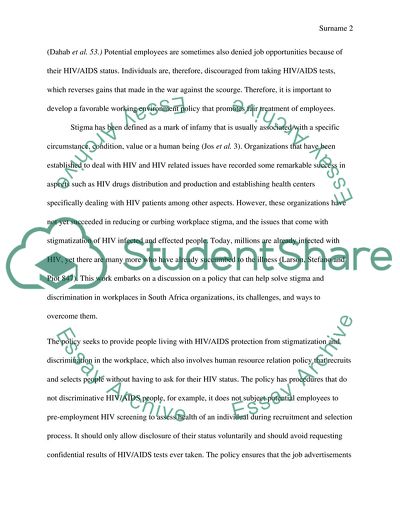Cite this document
(“The Social Implications of HIV Essay Example | Topics and Well Written Essays - 4000 words”, n.d.)
The Social Implications of HIV Essay Example | Topics and Well Written Essays - 4000 words. Retrieved from https://studentshare.org/sociology/1643988-the-social-implications-of-hiv
The Social Implications of HIV Essay Example | Topics and Well Written Essays - 4000 words. Retrieved from https://studentshare.org/sociology/1643988-the-social-implications-of-hiv
(The Social Implications of HIV Essay Example | Topics and Well Written Essays - 4000 Words)
The Social Implications of HIV Essay Example | Topics and Well Written Essays - 4000 Words. https://studentshare.org/sociology/1643988-the-social-implications-of-hiv.
The Social Implications of HIV Essay Example | Topics and Well Written Essays - 4000 Words. https://studentshare.org/sociology/1643988-the-social-implications-of-hiv.
“The Social Implications of HIV Essay Example | Topics and Well Written Essays - 4000 Words”, n.d. https://studentshare.org/sociology/1643988-the-social-implications-of-hiv.


